Best Time to Fish for Crappie: Seasonal and Daily Insights
Table of Contents
Seasonal Timing for Crappie Fishing
Spring
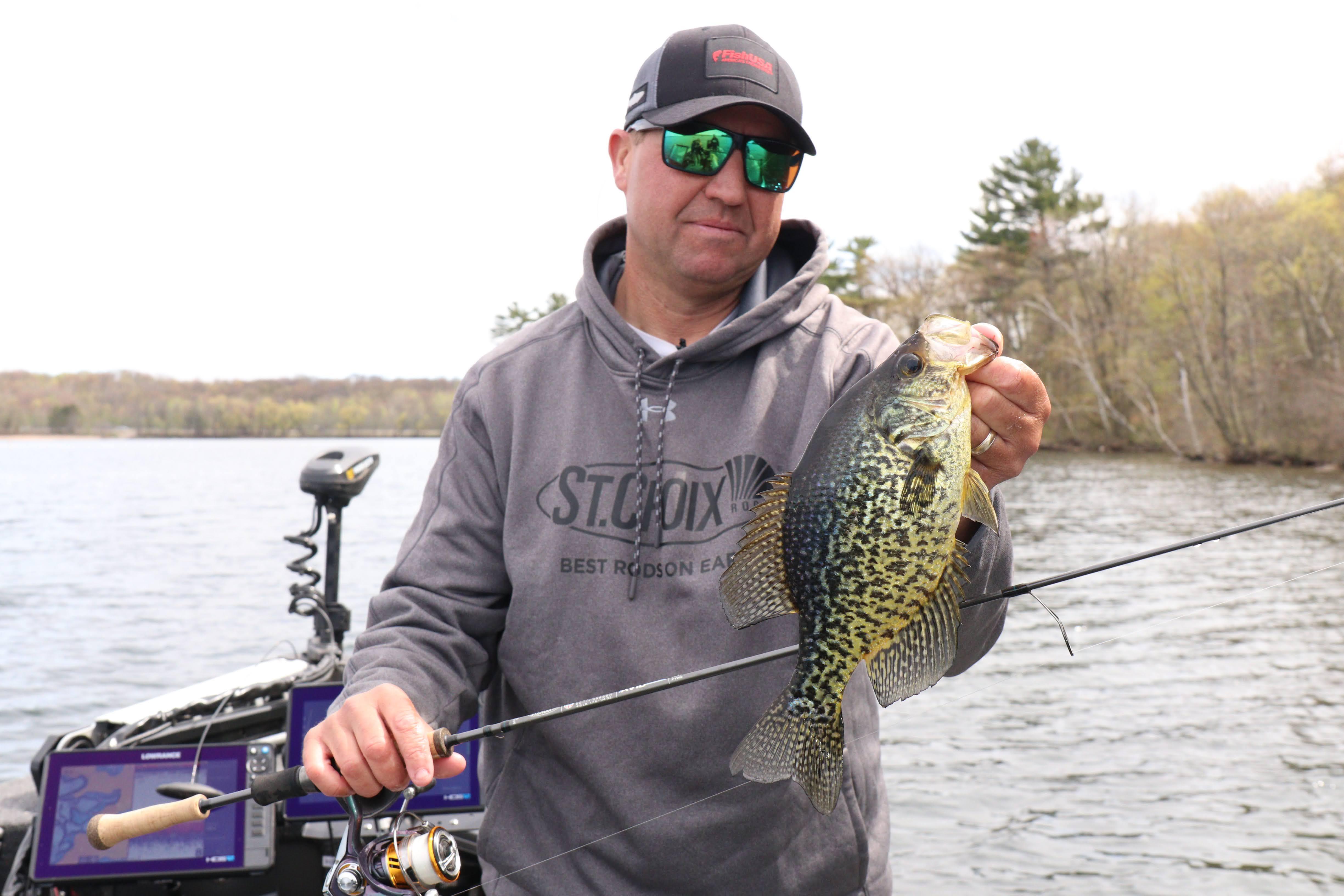
Summer
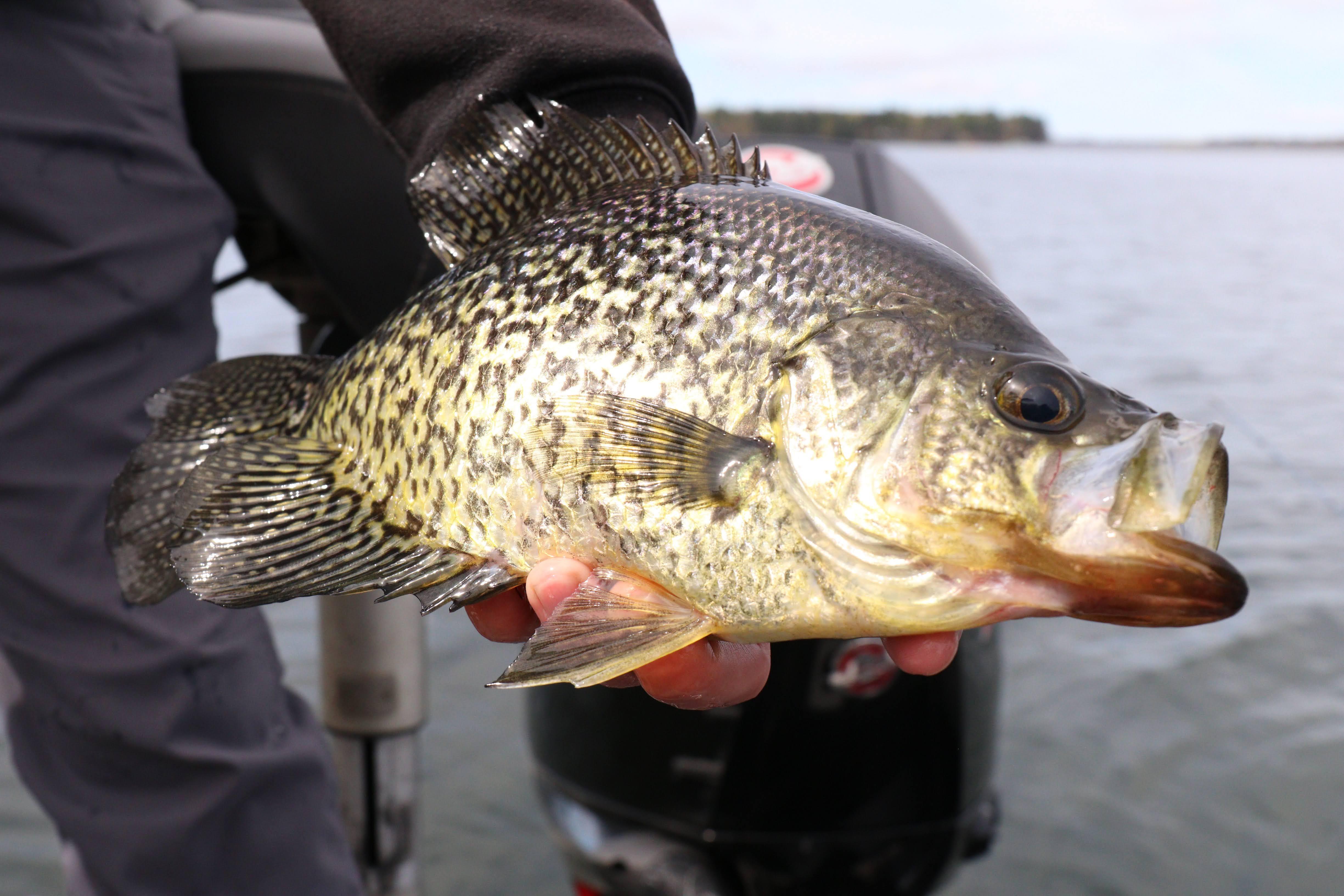
Fall
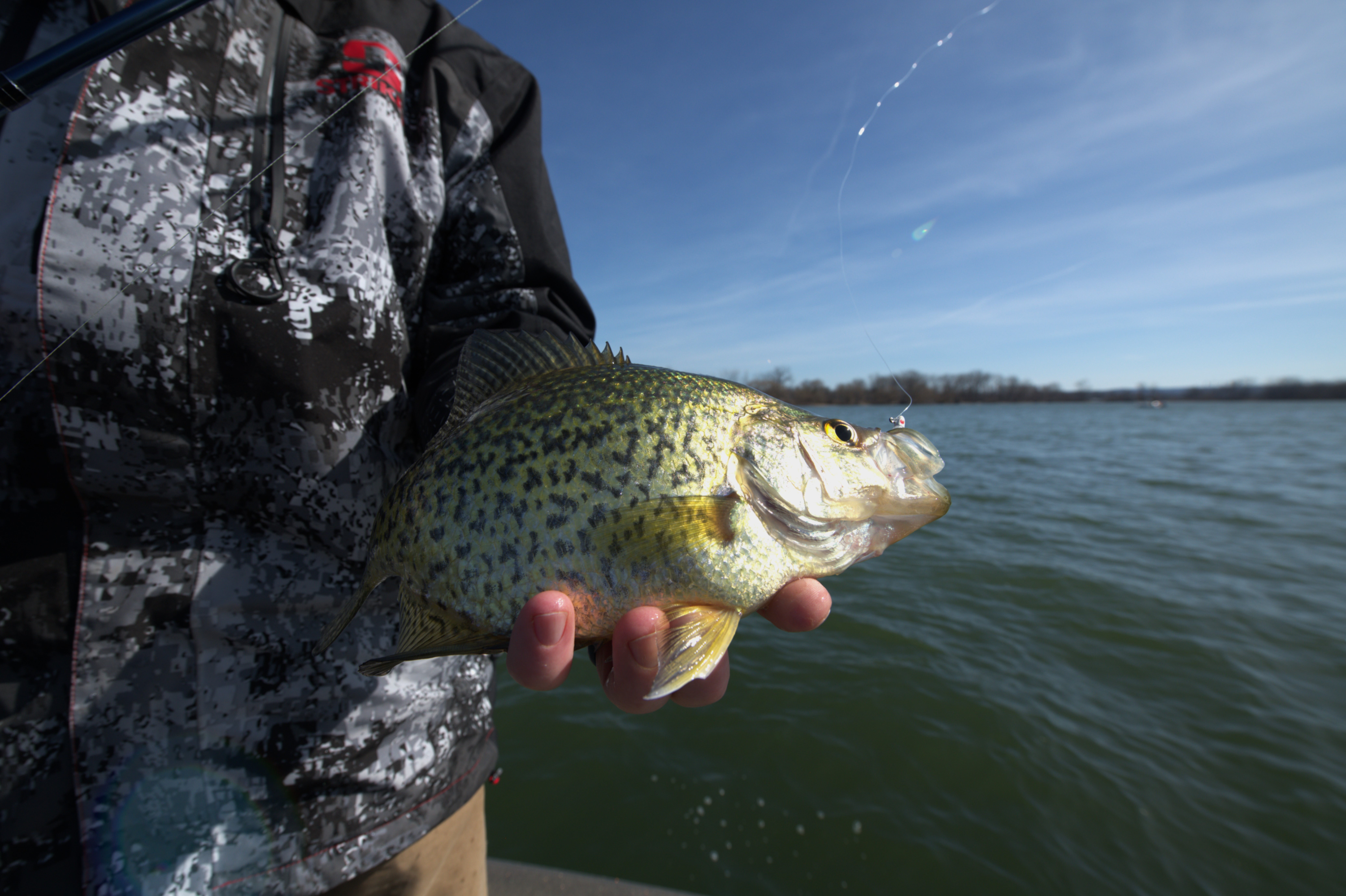
Winter
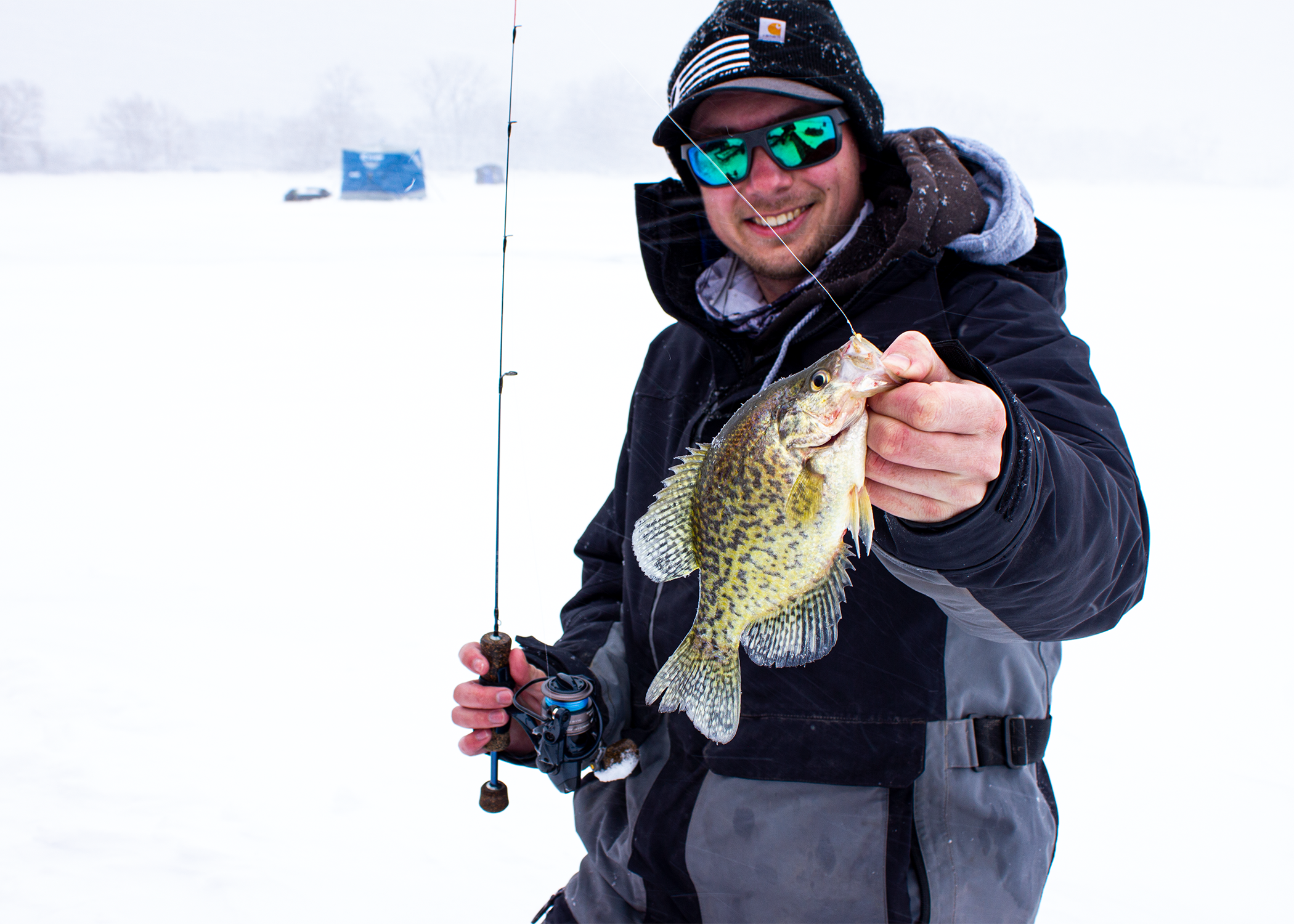
Best Times of Day for Crappie Fishing
Early Morning
Late Afternoon
Night
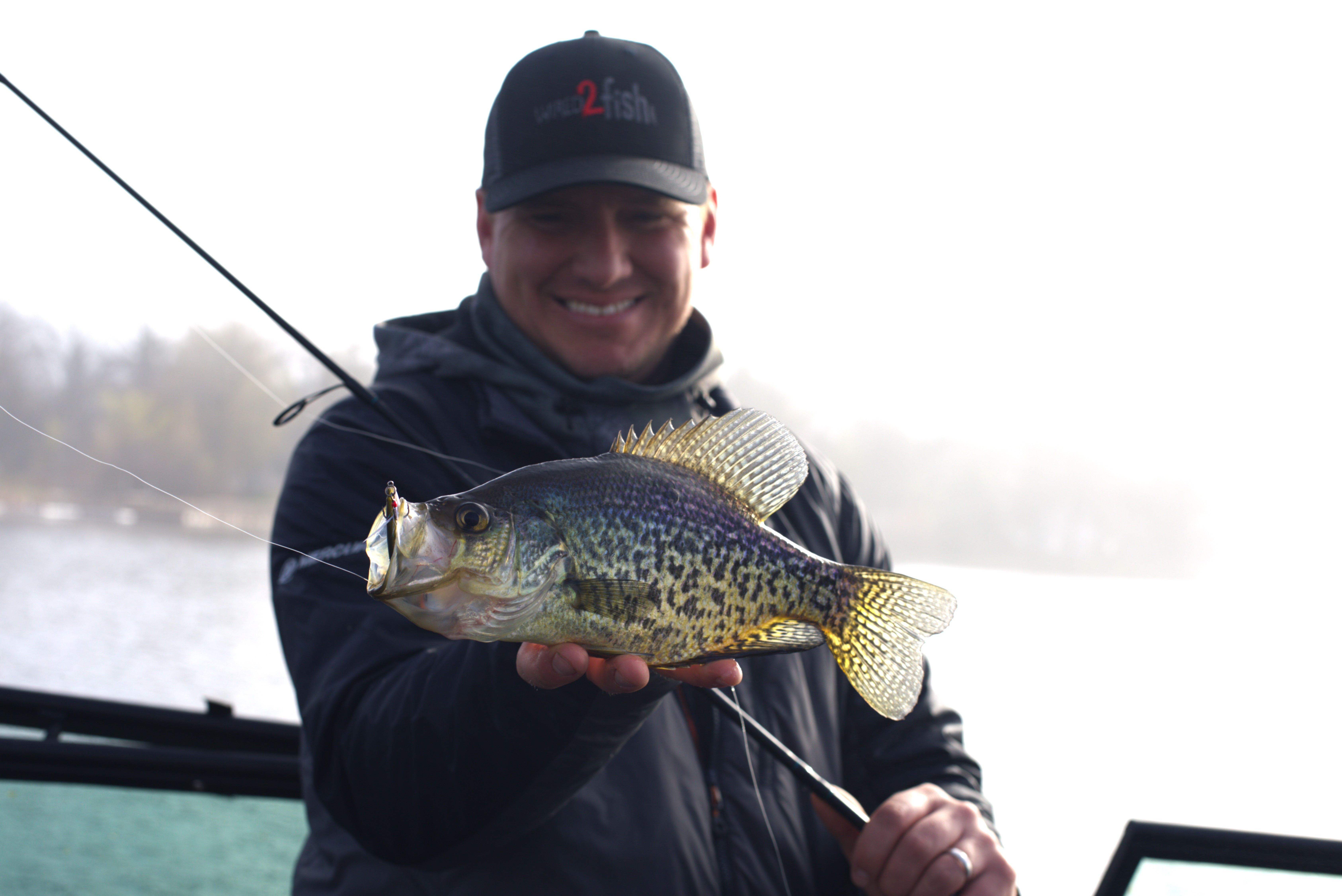
Factors That Affect Crappie Activity
Water Temperature
Weather Conditions
Moon Phases
Tips for Fishing at the Best Times

Conclusion
Shop Crappie Fishing Gear

